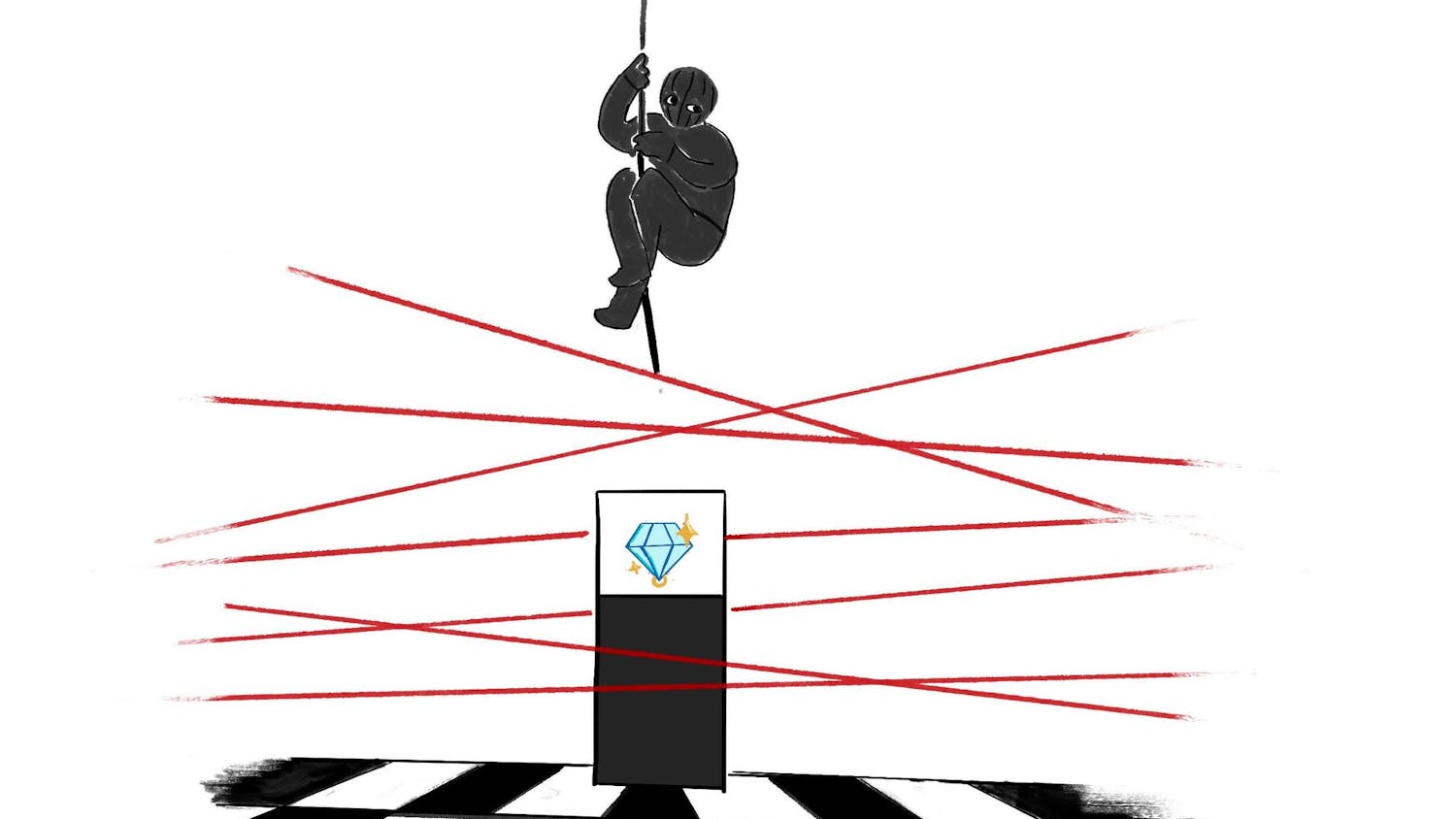Wesley Foster, sports writer for The Auburn Plainsman, analyzes the film from Auburn's ninth-straight loss in Baton Rouge and offers his perspective on LSU's 20-point comeback.
The media in this story can be better viewed/formatted on the desktop version of the site. Gifs via gifs.com.
The Auburn Tigers went into Baton Rouge looking to score their first win in Death Valley since 1999. For a while it looked like Auburn would break that streak, as they rushed out to a 17-point lead by the end of the first quarter.
About midway through the second quarter, LSU seemed to figure out Auburn’s offense and began to pick up momentum, eventually coming back from 20 points down to upset the No. 10 Tigers.
Over the past few weeks Auburn’s offense has looked phenomenal, and past "tales of the tape" have broken down what works. This week’s tale of the tape will look at what worked, but more importantly what didn’t work, and why.
While Auburn started the game strong, there were signs that the game was closer than the score indicated.
On the very first play of the game, LSU showed an ability to sniff out Auburn’s plays and see through the misdirection that has been so successful the past few weeks.
On this play, it is unclear whether this is a read or a designed pass play. I lean towards it being a designed pass based on the speed in which Stidham carries out the possible hand-off. It appears that he does not actually perform a read and is faking the hand-off with no possibility of Kerryon Johnson getting the ball.
The offensive line blocks in a rather unique fashion. Both guards pull to sell the fake run. The right tackle does not run block, instead he runs out to the right to block for Stidham as Stidham rolls back out to the right.
This lets a defensive end run untouched for Stidham. This causes Stidham to have to throw off his back foot, and have to throw the shorter safe route instead of looking deeper. On top of this, tight end Sal Cannella, is completely covered. The play is a success however, in spite of the design.
Auburn caught another break early in the game. In the play below, LSU completely burns Auburn on a deep route. The receiver has to come back to the underthrown pass, which is the only reason that he does not score a touchdown on this play.
On top of that, D.J. Chark then drops the ball and it is ruled a fumble.
Auburn got lucky here. They blew the coverage and were bailed out by the receiver making a huge mistake.
The things that did work in this game were the same as previous weeks. Early on, fakes and misdirection on plays allowed Johnson to be dominant, with LSU’s defense looking confused and not being able to react quick enough. Auburn found occasional success with the deep ball, and had some successful screens as well, but why did the offense stall so much in the second half?
The answer is simple. For all the offensive misdirection and fakes in the plays, the end result of many plays was the same. Johnson has the ball and runs up the middle trying to find a hole.
On this play in the third quarter, Eli Stove comes in motion to appear like he may get the ball on a reverse, but doesn’t even receive a fake hand off. Johnson turns this play into a gain, but LSU is figuring out that Auburn is doing the same thing every time.
For all the bells and whistles of the Auburn offense, the motions and fakes proved superficial and LSU keyed in on that. This play was blown up by LSU, but Johnson is able to stay up and bounce it outside for a big gain, a trend of which Auburn was not able to make common in the second half.
On the next play is what the Auburn offense should look like. Stove goes in motion and Stidham watches him the whole time. This freezes the defense, wondering if Stidham is going to just pull the ball and pass it to Johnson.
When Stidham hands the ball off to Johnson, the defense is already a step behind the offense and Johnson picks up a five-yard gain. As the game goes on, this becomes less and less useful, as Stove rarely gets a touch.
Malzahn's inefficient play-calling is best shown below. This is a pivotal drive in the 4th quarter. Auburn has been held scoreless for a while and needs to score to keep LSU at bay. It is 3rd and 1, and Auburn runs a play they’ve already run variations of several times today.
The receiver is lined up to take a hand-off should Johnson not get the ball, but the defense no longer fears the receiver as a running threat. The defense has seen Johnson get the ball time and time again.
Because of that, they crash down on the ball, with the middle linebackers immediately stepping up and filling their gaps, stopping Johnson short of the first down marker.
The play before this one was also a Johnson run up the middle.
Now let’s go back a few plays, earlier on the same drive. It's a similar situation, 3rd and 2. This time, Stidham gives the ball to Stove on the end around. This catches the defense off guard and Auburn picks up the first down.
If an offense runs plays with a lot of misdirection and play action, like Auburn does, it is imperative the defense respects all the options. If the defense does not respect the receiver on the end-around because he never gets the ball, then the receiver is a wasted player who would be more useful not even bothering with the fake and simply blocking.
Auburn looked like two totally different teams playing LSU, and the play-calling was a big part of it. On the opening drive Auburn threw on the first two first down plays. They would proceed to throw on three first downs the whole rest of the game.
Instead of utilizing the creative plays and keeping the pressure on LSU, Auburn switched to a conservative run up the middle most of the time game plan, allowing LSU to get back into the game.
The defense was solid for the vast majority of the game, only really struggling when they were on the field constantly.
The play that Kerryon Johnson called a "back breaker" was Chark's punt return touchdown, in which the 6-foot-4 wide-out gets redemption. Chark caught the touchdown last season in Jordan-Hare when time had expired -- a heart-breaking play in LSU's recent history.
LSU had no sort of trick play, nor did they have incredible blocking. Auburn players did not maintain their lanes at all, with every player instead trying to run straight for the ball. This allowed the LSU returner to get the edge and make it a two-point game. (14:51 4th quarter)
Much has been made of LSU’s comeback, but it was just as much a comeback by LSU as it was a collapse by Auburn. Auburn will look to get back on track as they travel to Fayetteville, Arkansas this weekend to face the Razorbacks.
Do you like this story? The Plainsman doesn't accept money from tuition or student fees, and we don't charge a subscription fee. But you can donate to support The Plainsman.




